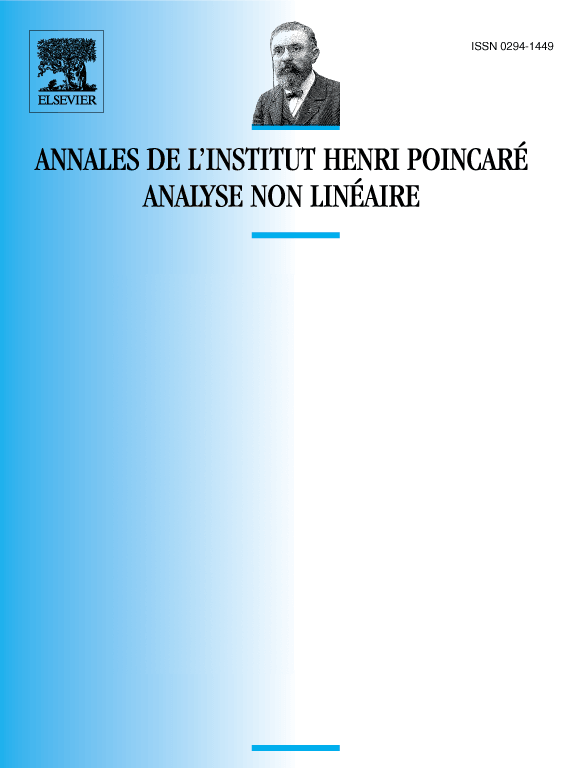Resolution of the Cauchy problem for several hyperbolic systems arising in chemical engineering
E. Canon
Analyse Numérique, Université de Saint-Étienne, 23, rue du Docteur-Paul-Michelon, Cedex 02 42023 Saint-Étienne, FranceF. James
Centre de Mathématiques Appliquées, École Polytechnique, Cedex 91128 Palaiseau, France

Abstract
This paper presents the thorough mathematical study of a classical model in chemical engineering: the Langmuir isotherm. This model has been studied by E. Canon for the distillation, and F. James for the chromatography. It is a system of non linear conservation laws (), which is shown to be strictly hyperbolic. The main property of this system is that its rarefaction and shock curves coincide, and moreover are straight lines. This implies a global existence result for the Riemann problem, as well as the convergence of the Godunov scheme. One can finally obtain the existence of an entropie weak solution for the Cauchy problem with any bounded variation initial data.
Résumé
Cet article présente l’étude mathématique complète d’un modèle d’équilibre diphasique classique en génie chimique : l’isotherme de Langmuir. Ce modèle, étudié par E. Canon pour la distillation et F. James pour la Chromatographie, est fondé sur l’écriture d’un système de équations de conservation non linéaires (), dont on démontre la stricte hyperbolicité. La propriété fondamentale du système considéré est que ses courbes de détente et de choc coïncident, et sont des droites. On en déduit un résultat d’existence globale du problème de Riemann, ainsi que la convergence du schéma de Godunov. On obtient finalement l’existence d’une solution faible entropique au problème de Cauchy avec donnée initiale à variation bornée.
Cite this article
E. Canon, F. James, Resolution of the Cauchy problem for several hyperbolic systems arising in chemical engineering. Ann. Inst. H. Poincaré Anal. Non Linéaire 9 (1992), no. 2, pp. 219–238
DOI 10.1016/S0294-1449(16)30246-3